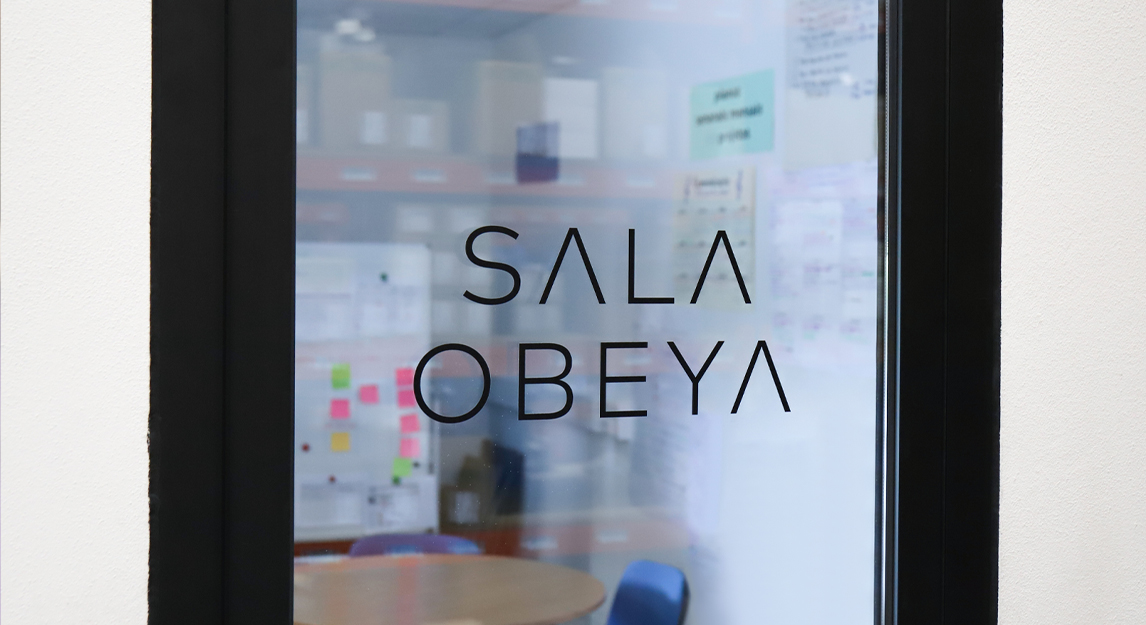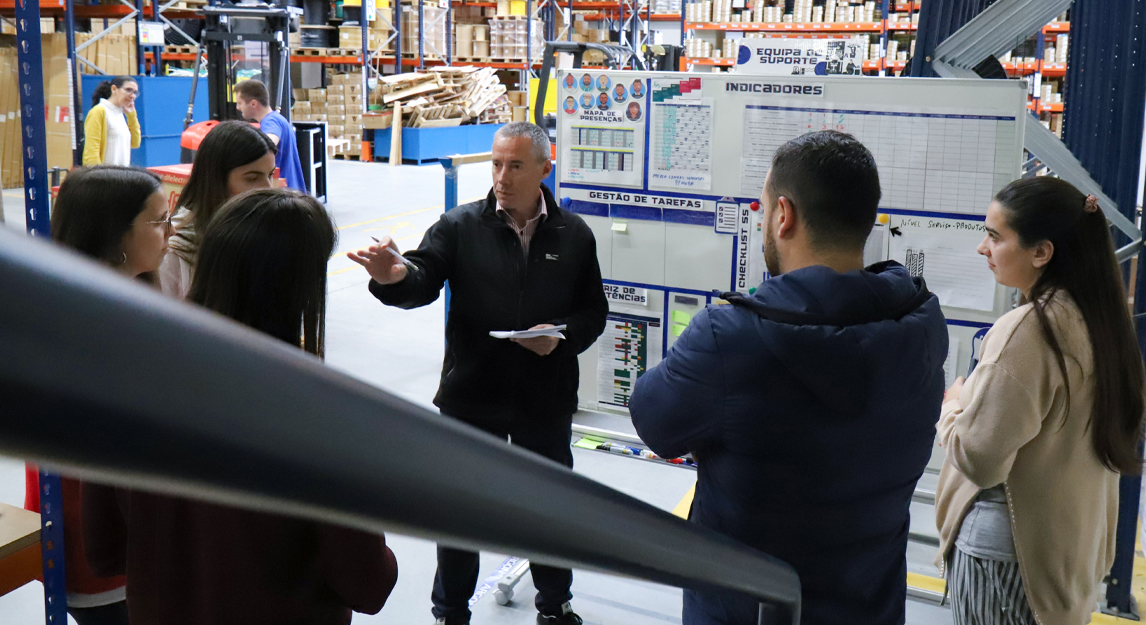How can Continuous Improvement help make your company competitive?
Currently, for a company to evolve, it is essential that it constantly seeks to develop its processes, products and services in order to remain competitive in the market.
Continuous Improvement has been adopted by several organizations as a differentiating factor, since it allows for increased efficiency, quality and productivity of the teams, as well as cost reduction and waste elimination.
As the name suggests, Continuous Improvement is characterized by a philosophy of constant search for improvement in various areas of the company and with the commitment of all employees.
Where to start?
1. Ensure the commitment of top management (company leadership);
2. Define the company’s strategy and objectives for the short, medium and long term and share them with the team (Hoshin Kanri may be used), so that the departments are aligned
3. Create team(s) oriented to the implementation of the philosophy;
4. Define space reserved for the development of actions related to the theme
5. Make small improvements frequently;
6. Recognize and value the improvements achieved;
7. Develop the skills of employees
8. Create routines for continuous improvement;
9. Use appropriate tools for analysis of problems or opportunities for improvement
10. Measure the indicators (KPI’s), the results and the deviations obtained.
For true change to emerge, a real commitment from the leadership level is required, which must inspire and instill a new way of thinking in employees. To do this, leaders must be animators in this implementation, align it with the company’s strategy and objectives, and closely observe the change on the ground.
In addition, it is recommended that a team be created to carry out the actions carried out in this area, namely:
- Continuous training
- Adoption of routines
- Development of documents and support information for the teams
- Promotion of disruptive projects
- Dynamization of the culture of continuous improvement in the organization.
At BARPA, we have created several actions and routines for Continuous Improvement, which have brought benefits in the management of teams, support in meeting planning, improving internal communication and sharing of ideas by all.
In order to have a space for the progress of the Continuous Improvement project in the company, an area was designated as “Obeya Room”, also known as “Continuous Improvement command center”. This place is available to everyone in the organization and is used for project follow-up meetings and brainstorming sessions to solve problems or identify possible improvements. It should also include information in visual form, about the various indicators of the company and project actions, promoting transparency and dynamism of the project.
Team Boards were implemented in all departments, where relevant information for their day-to-day is displayed and managed. These artifacts are a reflection of the teams and may contain data such as member identification, purpose and values, KPI’s and goals, task planning (Kamishibai or Kanban Board), skills chart, improvement suggestions system, etc.
Subsequently, the daily/weekly Kaizen (Daily Kaizen) was started in the various departments with the goal of making a daily start and understand the priorities of the teams, as well as the main difficulties and problems encountered so far. It should be short, done standing up and facing the Team Board in order to analyze the information contained therein.
As a support to the maintenance of the implemented practices, it may be relevant to create support documents related to standards to be adopted in the organization, for example, on Productive Meetings, Structured Problem Solving, use of the Suggestion Improvement System, among others. Also, the preparation of application guides for tools associated with Continuous Improvement, Lean or Quality, to support:
- Problem solving (PDCA Cycle, Ishikawa Diagram, 5 Whys, A3 Report)
- Workspace organization (5S)
- Standardization (Work Instructions, SDCA Cycle)
- Planning (Kamishibai, Kanban Board)
- Team follow-up (Gemba Walk, 5W2H)
- Creativity moments (Brainstorming)
The implementation of a Continuous Improvement culture, besides motivating the teams to make the work methods used more effective, leads to the achievement of better results with fewer resources. This philosophy pushes companies to go beyond what is expected because every day, all employees are challenged to do better than the day before. They are constantly striving to eliminate waste, reduce unnecessary expenses, increase profit, increase employee, customer, and supplier satisfaction, and be more productive.
Thus, Continuous Improvement will no longer be a differentiating factor for organizations, but a matter of survival for them.




Sorry, the comment form is closed at this time.